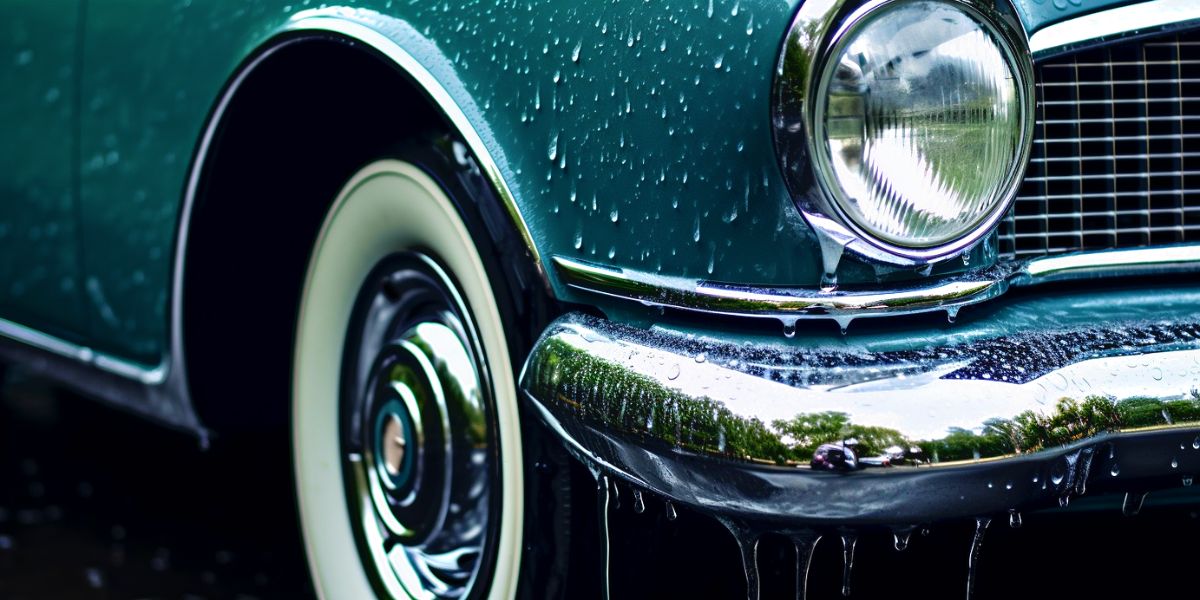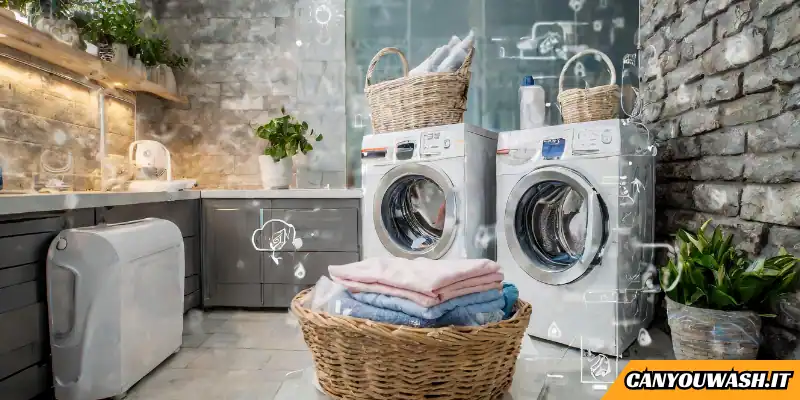Yes, you can wash your car after polishing it. In fact, it is often recommended to wash the car before and after the polishing process to ensure optimal results.
Dos and don’ts
Dos
- Do use a dedicated car wash soap: Use a high-quality car wash soap specifically formulated for automotive use. Avoid using dish soap or household cleaners, as they can strip away wax and damage the paint.
- Do use a soft sponge or microfiber cloth: Use a soft sponge or a microfiber cloth to wash the car gently. These materials are less likely to scratch the paint compared to harsh brushes or abrasive materials.
- Do rinse the car thoroughly: Before washing, rinse the car with clean water to remove loose dirt and debris. Also, rinse off soap and cleaning solutions after washing each section to prevent residue buildup.
- Do use separate buckets: Use separate buckets for washing and rinsing. This helps prevent cross-contamination and keeps dirt and grime away from your sponge or cloth.
- Do dry the car properly: After washing, use a soft, clean microfiber cloth or a chamois to dry the car. This helps prevent water spots and streaks from forming on the paint.
- Do use a suitable polish or compound: Choose a polish or compound that is appropriate for your car’s paint and the level of imperfections you want to address. Follow the instructions provided by the manufacturer for the best results.
- Do use clean applicator pads or polishing machines: If applying polish by hand, ensure your applicator pad is clean and free of debris. If using a polishing machine, make sure the pads are in good condition and appropriate for the task.
- Do work in small sections: When polishing, work on small sections at a time to ensure even coverage and prevent the polish from drying out too quickly.
Don’ts
- Don’t wash in direct sunlight: Avoid washing and polishing your car in direct sunlight or on a hot surface. The heat can cause soap and cleaning solutions to dry too quickly, leaving behind residue or water spots.
- Don’t use abrasive materials: Avoid using abrasive materials such as harsh brushes, sponges with a rough surface, or rough towels. These can scratch or swirl the paint, leading to damage and a dull appearance.
- Don’t use excessive pressure: When washing or drying, apply gentle pressure. Scrubbing too hard or using excessive force can create swirl marks or scratches on the paint.
- Don’t neglect the wheels and tires: Remember to clean the wheels and tires thoroughly using appropriate wheel cleaners and brushes. Neglecting these areas can leave behind brake dust, dirt, and grime that can potentially damage the wheels and affect the overall appearance.
- Don’t use silicone-based dressings on the interior: Avoid using silicone-based dressings or protectants on the interior surfaces, such as the dashboard or steering wheel. These products can create a slippery surface and lead to glare on the windshield.
- Don’t skip regular maintenance: Regularly washing and maintaining your car’s exterior helps preserve its appearance and protect the paint. Don’t neglect routine maintenance tasks such as waxing, sealant application, and touch-ups as needed.
5-step guide to washing a car after a polish
Step 1
Gather the necessary supplies
Before you begin, gather all the supplies you’ll need for the car wash. This includes a bucket, a high-quality car wash soap, a soft sponge or microfiber cloth, a hose or a pressure washer, and clean, soft towels for drying.
Step 2
Rinse the car
Start by rinsing the entire car with clean water. This helps remove loose dirt, debris, and any remaining residue from the polishing process. Use a hose or a pressure washer to ensure a thorough rinse, paying attention to hard-to-reach areas such as wheel wells and undercarriage.
Step 3
Wash the car gently
Fill a bucket with water and add the recommended amount of car wash soap. Use the soft sponge or microfiber cloth to gently wash the car’s surface, starting from the top and working your way down. Avoid using excessive pressure and scrubbing too hard to prevent scratching the freshly polished paint.
Step 4
Rinse off the soap
Once you have washed each section of the car, rinse off the soap thoroughly with clean water. Make sure to remove all traces of soap from the surface, ensuring a clean and residue-free finish. Again, pay attention to hard-to-reach areas to ensure they are properly rinsed.
Step 5
Dry the car carefully
After rinsing, use clean, soft towels or a microfiber cloth to dry the car thoroughly. Pat the surface gently to absorb the water, avoiding rubbing motions that could potentially introduce swirl marks. Pay special attention to areas prone to water accumulation, such as crevices, door jambs, and side mirrors.
Bonus step: Apply a protective wax or sealant (optional). If desired, you can apply a layer of wax or sealant after drying the car. This helps protect the freshly polished surface and enhance its shine. Follow the instructions provided with the wax or sealant product for the best application method and drying times.
FAQs
Can I wash my car immediately after polishing it?
It is generally recommended to wash your car after polishing it to remove any residue from the polishing compound. However, it is best to wait for the recommended curing time mentioned on the polish product before washing.
Can I use any soap to wash my car after polishing?
It is recommended to use a high-quality car wash soap specifically formulated for automotive use. Avoid using dish soap or household cleaners, as they can strip away wax and potentially damage the paint.
Should I use a different washing technique after polishing?
After polishing, it’s important to maintain the same gentle washing technique as before. Use a soft sponge or microfiber cloth, and avoid abrasive materials or harsh brushes that could scratch the freshly polished surface.
Do I need to rinse off the polish before washing?
No, you don’t need to rinse off the polish before washing. The washing process will help remove any residue from the polishing compound, ensuring a clean surface.
Can I use a pressure washer to rinse the car after polishing?
Yes, you can use a pressure washer to rinse the car after polishing. However, be sure to use a wide-angle spray nozzle and maintain a safe distance to prevent damaging the paint or forcing water into sensitive areas.
Should I dry the car immediately after washing?
Yes, it is recommended to dry the car immediately after washing to prevent water spots and streaks. Use clean, soft towels or a microfiber cloth to gently pat the surface dry.
How soon can I apply wax or sealant after washing and drying?
It is best to follow the instructions provided with the wax or sealant product regarding the recommended waiting time after washing and drying. Some products may require the surface to be completely dry before application.
Is it necessary to apply wax or sealant after washing?
Applying a layer of wax or sealant after washing can help protect the paint and enhance the shine. However, it is an optional step and depends on personal preference and the condition of your car’s paint.
Can I use a car wash machine or drive-through car wash after polishing?
Avoid car wash machines or drive-through car washes after polishing. These automated systems may use harsh chemicals or abrasive brushes that could potentially damage the freshly polished surface. Hand washing is typically the safer option.
How often should I wash my car after polishing?
The frequency of washing your car after polishing depends on various factors such as weather conditions, usage, and personal preference. However, a general guideline is to wash your car every 1-2 weeks to keep it clean and maintain the polished finish.
Final thoughts 💭
Washing your car after polishing is an important step to remove residue and ensure a clean, glossy finish. Use a high-quality car wash soap, a soft sponge or microfiber cloth, and rinse the car thoroughly with clean water. Dry the car carefully to prevent water spots, and consider applying a protective wax or sealant for added shine and protection.
Follow gentle washing techniques, avoid abrasive materials, and maintain regular car maintenance to keep your car looking its best. If you have any specific questions or concerns, consult product instructions or seek professional advice.





Leave a Reply